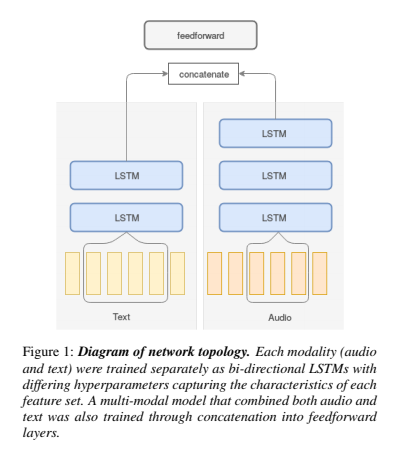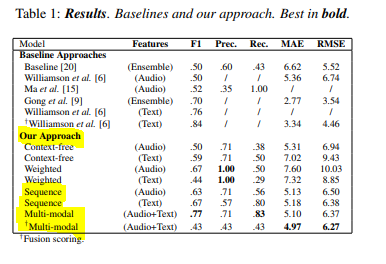Latest news about Bitcoin and all cryptocurrencies. Your daily crypto news habit.
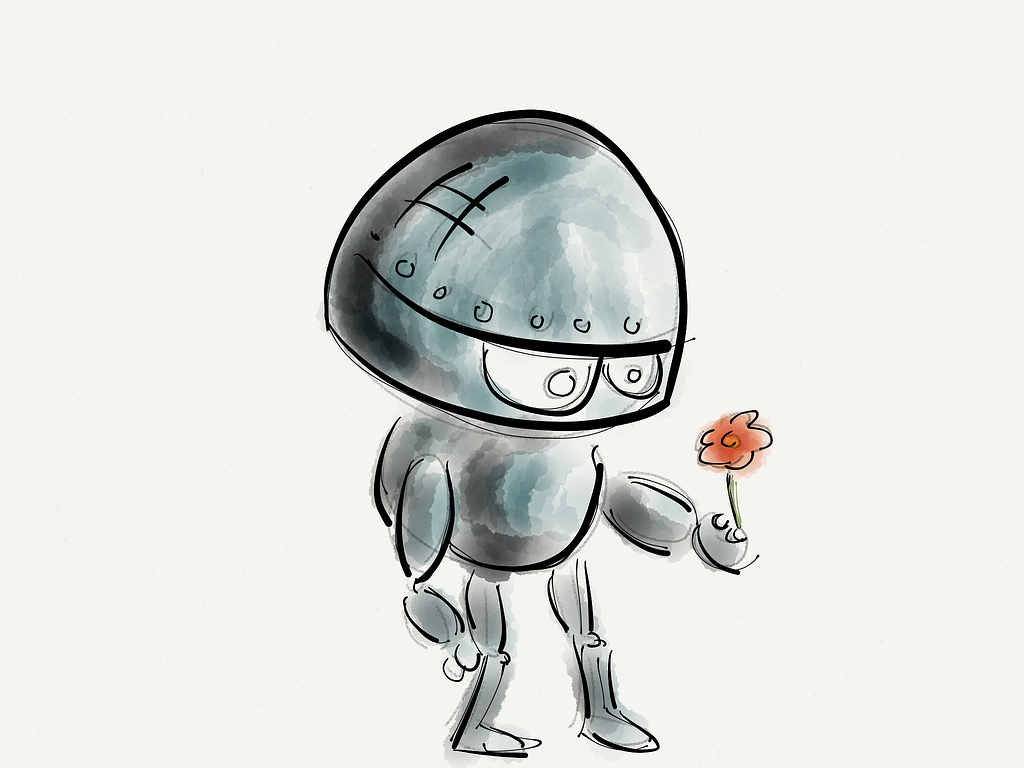
Hey everyone here! How are you all! Hell yeah !—
You’re a King/Queen ⚡️⚡️
- What are we gonna do: Learn how AI can be used to predict depression.
- How: Using Long-Short-Term-Memory Cells
- Research paper: http://groups.csail.mit.edu/sls/publications/2018/Alhanai_Interspeech-2018.pdf
- Code: https://github.com/talhanai/redbud-tree-depression
- Dataset: http://dcapswoz.ict.usc.edu/
- Platform to train(for us): Deep Learning Studio
Let’s dive now!
‘‘ The standard method for screening and diagnosing depression is the Patient Health Questionnaire (PHQ), which has been designed by the American Psychological Association . The questionnaire packages the DSM-IV depression criteria into a brief self-report instrument which asks whether the individual finds pleasure in doing things, feels down, tired, has a poor appetite, trouble concentrating, is slow or fidgety, and/or struggles to sleep. ’’
People suffering from depression will have certain features in common. None of them will be enthusiastic in doing the their work. Such people feel low most of the time. The way they reply would be usually a-bit down compared to a normal person.
Well we need to help them then!
How could this paper help?
Individuals suffering from depression are beset by debilitating sadness for weeks to years on end . To treat depressed individuals, they must first be diagnosed. To obtain a diagnosis, depressed individuals must actively reach out to mental health professionals. In reality, it can be difficult for the depressed to attain professional attention due to constraints of mobility, cost, and motivation. Passive automated monitoring of human communication may address these constraints and provide better screening for depression
The process to detect Depression in this research paper is as follows:
- Collect the data of depressed and normal people from http://dcapswoz.ict.usc.edu/
- ‘‘We utilized the audio and text transcriptions of 142 individuals undergoing depression screening through a human-controlled virtual agent. The virtual agent prompted each individual with a subset of 170 possible queries that included direct questions (e.g. ‘How are you?’, ‘Do you consider yourself to be an introvert?’), and dialogic feedback ( e.g. ‘I see’, ‘that sounds great’). The data was from the publicly available distress analysis and interview corpus (DAIC) and contains audio and text transcriptions of the spoken interactions . The data was split into a training (57%, 107 subjects), development (19%, 35 subjects), and test (25%, 47 subjects) sets as specified by. The test set annotations were not provided in the DAIC public release so all models were evaluated on the development set.’’
Deep Learning Model:
This paper discussed 3 types of approaches:
Experiment 1: Context-free Modeling
Experiment 2: Weighted Modeling
Experiment 3: Sequence Modeling
we limit this article only to Sequence Modeling.
As the the dataset is set of sequence ,the researchers made use of LSTMs(Long-Short-Term-Memory Networks) which have state-of-the-art performance on any kind of sequence related tasks.
They trained two LSTMs i.e one to extract the classification from text and another to extract the information from video.
The output from both the models is concatenated and passed to a feedforward neural network.
Understanding architecture of LSTM cell from scratch with code.
Features
The features are either segment-level statistics of the audio, or doc2vec embeddings of the words in a segment. Higher-level audio features (mean, max, min, median, std) were extracted using the COVAREP and FORMNAT features provided in the corpus, and the doc2vec embeddings were generated using this script. I trained using the binary outcomes as well as the multi-class outcomes.
Let’s train the model in DLS.
You need to upload the downloaded dataset to DLS. If you aren’t familiar do check this out:
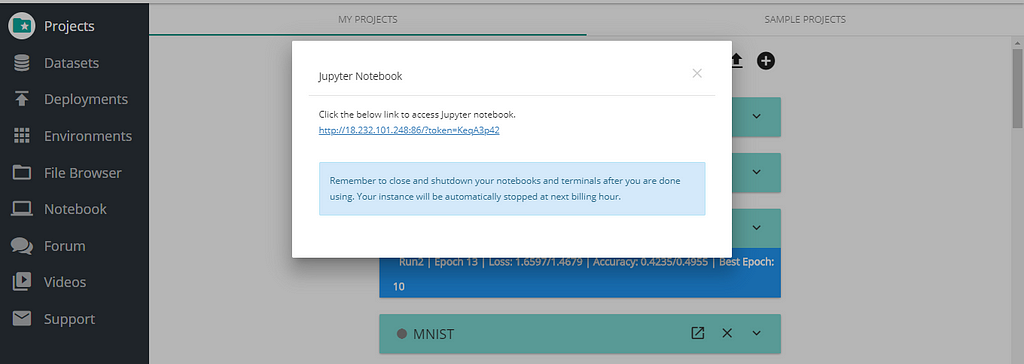
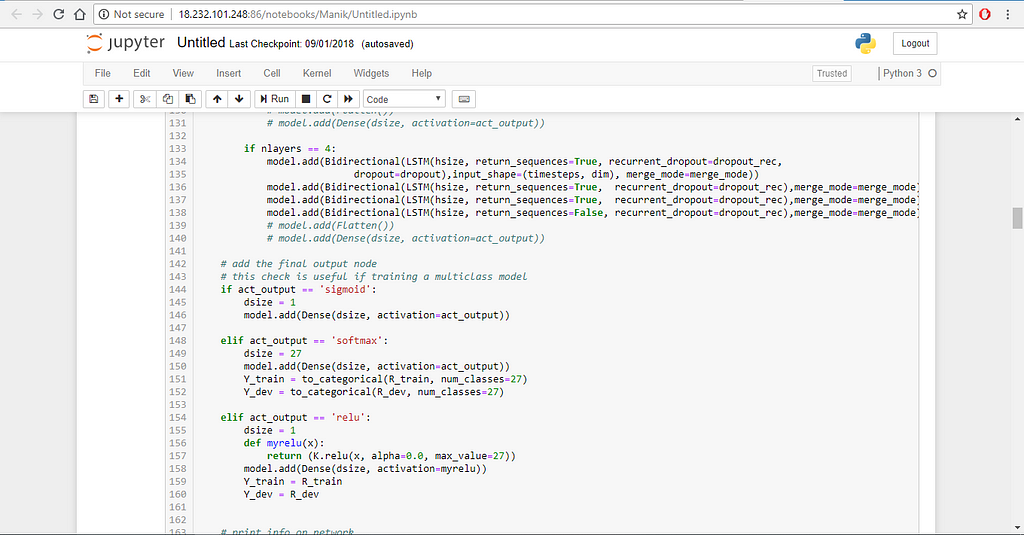 Jupyter notebook in Deep Learning Studio.
Jupyter notebook in Deep Learning Studio.
What are the results of this paper?
So yeah guys! This is how AI can be used to predict an individual is in depression. This model could be deployed in any Android/IOS app and hence anyone with a phone could diagnose himself/herself.
A special thanks to the author of this paper 😃
Thanks for reading everyone. If you liked this article, please do 👏 so that even others can stumble upon it.
Thanks!
Subscribe to my YouTube channel for more amazing stuff!
Follow me on linkedin:
Manik Soni - Machine Learning Intern - HEAD Infotech India Pvt ltd - Ace2three.com | LinkedIn
AI Can Predict IF You’re In Depression was originally published in Hacker Noon on Medium, where people are continuing the conversation by highlighting and responding to this story.
Disclaimer
The views and opinions expressed in this article are solely those of the authors and do not reflect the views of Bitcoin Insider. Every investment and trading move involves risk - this is especially true for cryptocurrencies given their volatility. We strongly advise our readers to conduct their own research when making a decision.
